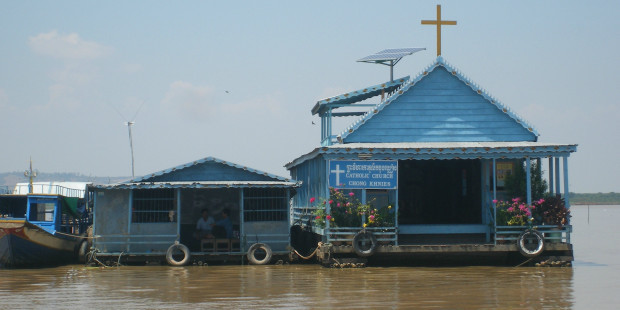Lenten Campaign 2025
This content is free of charge, as are all our articles.
Support us with a donation that is tax-deductible and enable us to continue to reach millions of readers.
For many, going to church is a matter of walking a couple of blocks, riding the bus or driving a short distance to a modest parish church, an impressive basilica or a majestic cathedral. But some churches demand extra effort from whoever wants to visit them. Here are four of those churches, built in the unlikeliest of places.
1. Las Lajas Sanctuary (Nariño, Colombia)
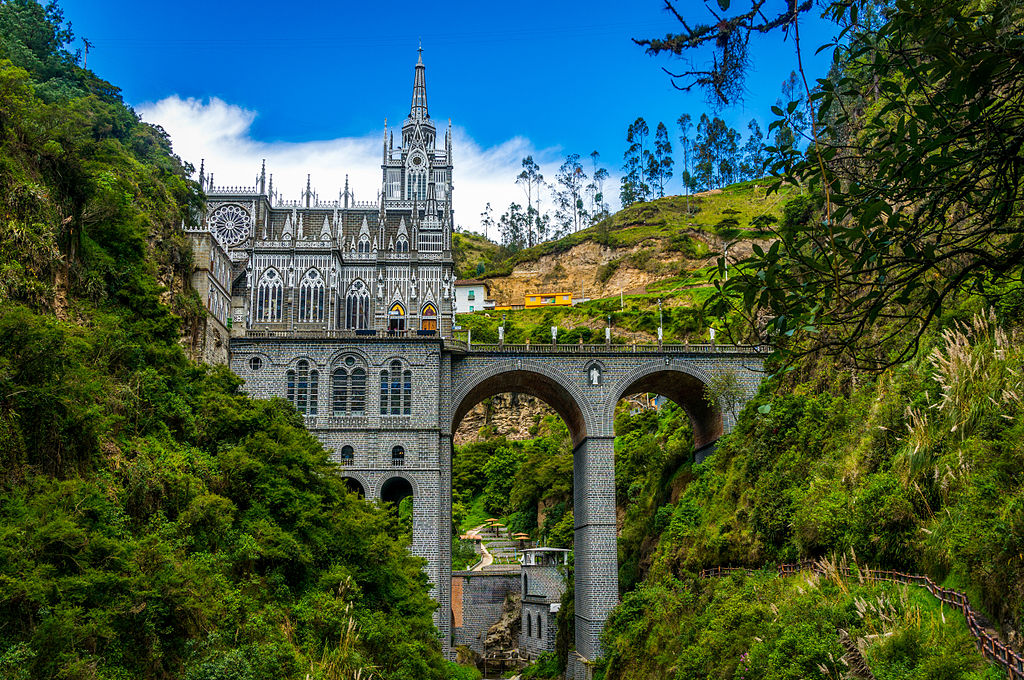
This church, built during the first half of the 20th century in neo-Gothic style, stands today where years ago there was only a small 18th-century chapel. According to tradition, the church is built on the spot where a deaf-mute girl recovered her speech, thanks to a miracle granted by the intercession of Our Lady of the Rosary — on the Guáitara River canyon, ten kilometers from the border with Ecuador.
2. Chong Kneas Catholic Church (Chong Kneas, Cambodia)
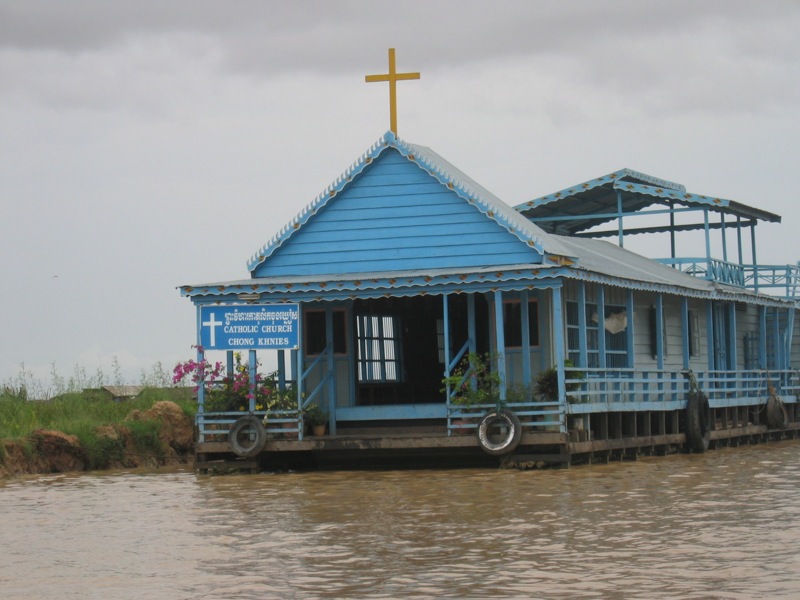
If you want to attend Mass during your next visit to the Tonle Sap Lake in Cambodia, the largest freshwater lake in all Southeast Asia, do not worry: the floating village on the lake has its own Catholic church.
3. Abbey of Santa María de Montserrat (Barcelona, Spain)
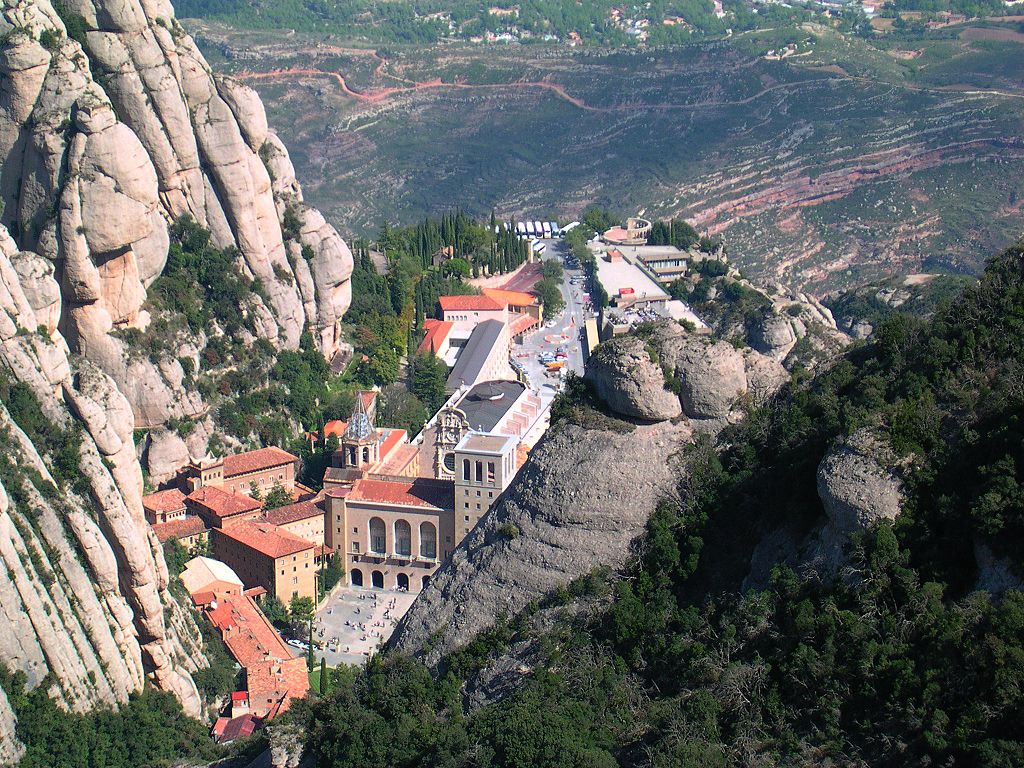
During the years of the Franco dictatorship, this abbey perched on a peak was a shelter for persecuted scholars, politicians, artists and students. In it, one of the oldest printing presses in the world still produces books. In the Abbey’s basilica, one finds paintings by Dalí, Picasso and El Greco. To reach this sanctuary, you will have to a cable car, a train or a long winding road through the mountains: the Abbey is at the highest point of the whole massif of Montserrat.
4. Salt Cathedral of Zipaquirá (Zipaquirá, Colombia)
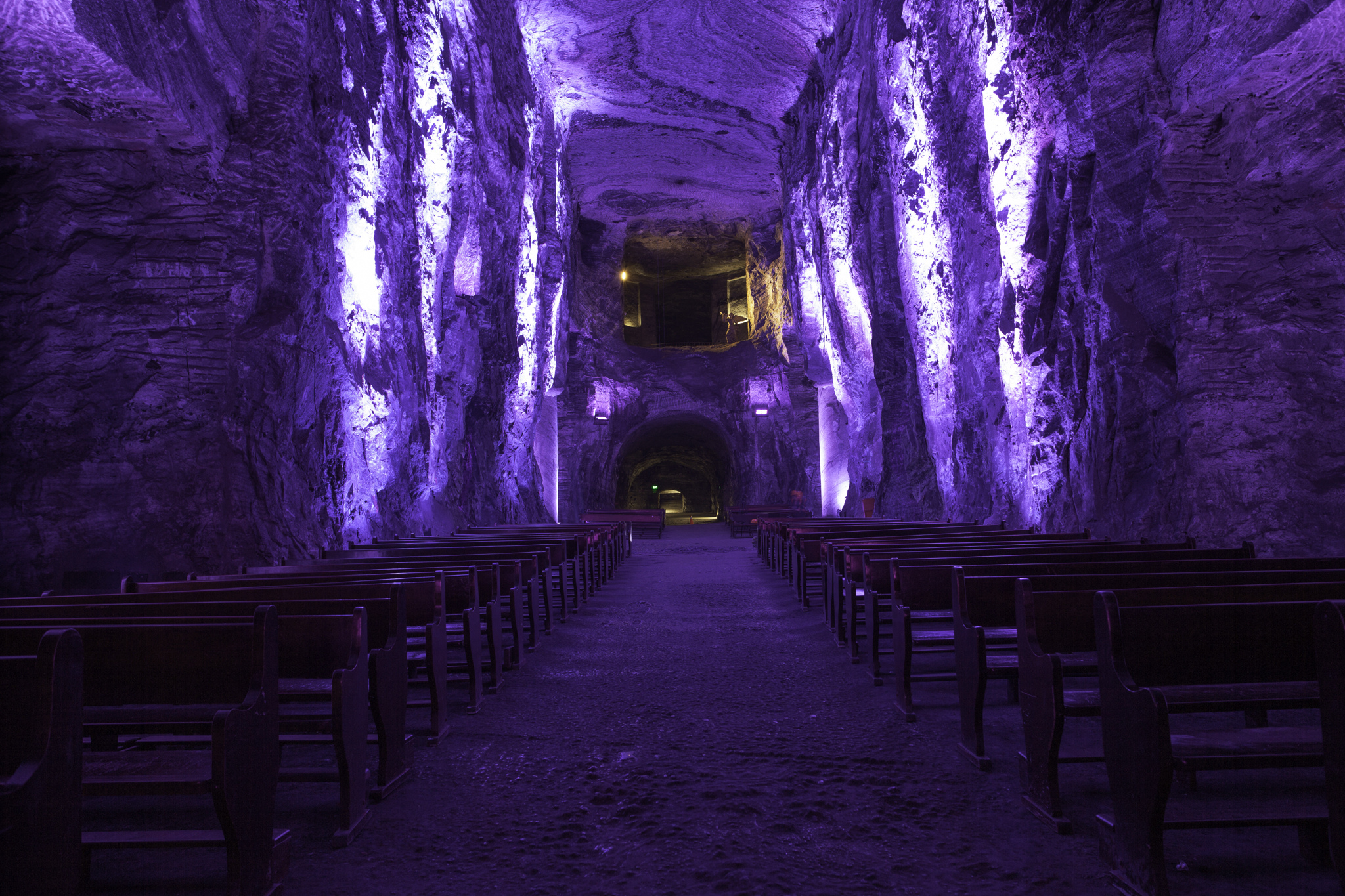
A church 200 meters underground, sculpted in the tunnels of an old salt mine? Only in Zipaquirá, in the department of Cundinamarca, in Colombia. Although it lacks an assigned bishop — so its nickname of “cathedral” refers to its awe-inspiring interior, not its role as the seat of a diocese — it is a perfectly functioning church, where more than 3,000 of the faithful congregate on Sundays. It is considered one of the jewels of modern Colombian architecture.
